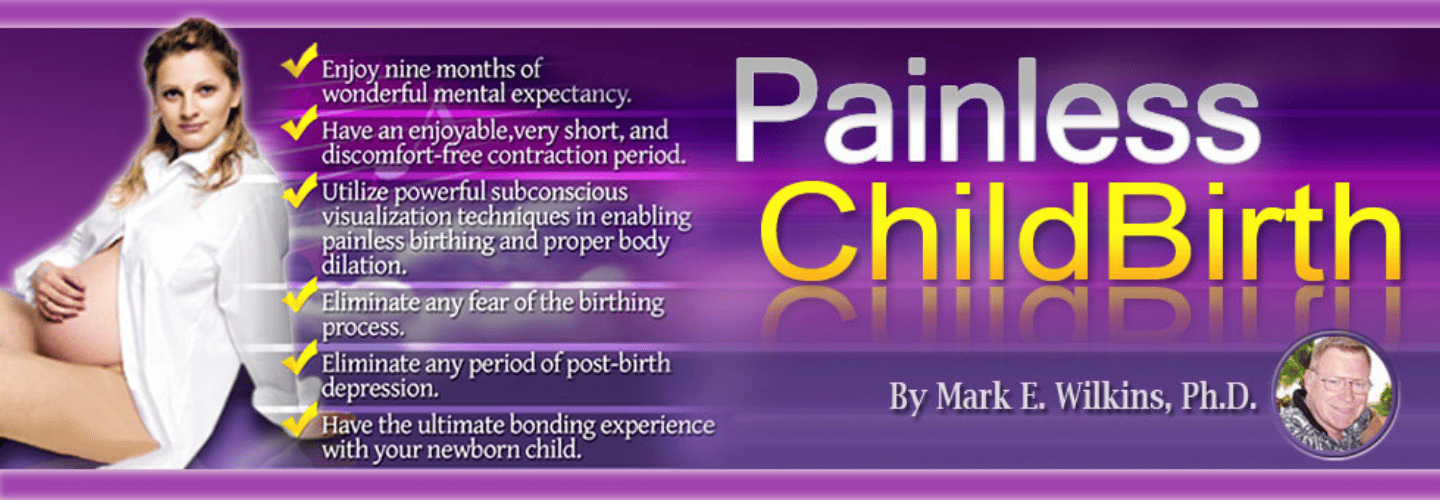
Guided imagery in labor harnesses the power of visual and sensory simulations to reduce pain and anxiety, promoting a serene birthing process. It enables expectant mothers to mentally navigate through labor, using deep relaxation techniques and sensory visualization to enhance comfort and control. Partner support plays an essential role in reinforcing these positive mental environments, directly impacting the labor experience. Exploring further can reveal additional strategies and insights into maximizing the benefits of this transformative technique.
Key Takeaways
- Guided imagery in labor activates pain control areas in the brain, reducing perception of pain.
- It involves deep relaxation that lessens anxiety and stress during childbirth.
- Visualization of peaceful scenarios and internal labor processes empowers mothers, enhancing confidence.
- Partners play a crucial role by supporting and participating in visualization exercises.
- Breathing techniques used in guided imagery improve focus and oxygenation, aiding in effective pain management.
The Science Behind Guided Imagery in Labor
How does guided imagery benefit laboring mothers? Neuroscience reveals that visualization techniques activate specific brain regions involved in emotional and physical pain control.
This process, rooted in visualization neuroscience, harnesses the brain's capability to influence the body's perception of pain and stress. For laboring mothers, guided imagery offers significant neuroscience benefits by fostering a state of deep relaxation and reduced anxiety.
By mentally rehearsing peaceful scenarios, mothers can decrease their perception of labor pain, enhance overall well-being, and improve oxygenation and blood flow, essential for both mother and baby during childbirth.
This evidence-based approach empowers mothers with effective stress and pain management tools.
Key Techniques for Effective Sensory Visualization
Building on the neuroscience benefits of guided imagery, it is also essential to explore how sensory visualization techniques can be effectively implemented during labor.
Sensory engagement techniques involve stimulating all senses to create a vivid mental environment. This includes detailed descriptions of sights, sounds, smells, and textures, which deepen the mother's immersion and tranquility.
Visualization practice exercises should incorporate elements like the feel of a gentle breeze or the scent of fresh rain, enhancing the hypnosis experience.
Through these methods, mothers can achieve a more profound relaxation state, vital for managing labor pains and stress effectively.
The Role of Partners in Enhancing Visualization

Why should partners be actively involved in the visualization process during labor? Partner support greatly enhances the effectiveness of visualization techniques. By actively participating, partners can help create a more vivid, calming mental environment. This involvement not only deepens the emotional connection but also provides practical assistance through guided imagery. The presence of a supportive partner can reduce anxiety, fostering a more positive labor experience.
| Role | Benefit | Technique Used |
|---|---|---|
| Emotional Support | Reduces mother's stress | Providing reassurance |
| Sensory Detail | Enhances vividness of imagery | Describing scenarios |
| Active Participation | Increases effectiveness | Engaging in imagery |
| Guidance | Directs focus and relaxation | Leading breathing exercises |
Visualizing Internal Labor Processes for Empowerment
While partner involvement in visualization greatly enhances the birthing experience, empowering women to visualize internal labor processes themselves equips them with a profound sense of control and understanding of their bodies during childbirth.
Labor visualization fosters internal empowerment by encouraging expectant mothers to mentally engage with each stage of labor. This technique allows them to visualize the cervix dilating, which reduces anxiety and promotes relaxation.
Evidence suggests that such mental practices can lead to more manageable and less painful labor experiences. By internalizing the labor process, women gain confidence and a more active role in their childbirth experience.
How Breathing Techniques Enhance Labor Visualization

How do breathing techniques enhance labor visualization? Breathing rhythms directly influence the effectiveness of visualization during labor. Coordinated breathing not only regulates the body's physiological responses but also reinforces the mental imagery that fosters relaxation and pain management.
| Aspect | Benefit |
|---|---|
| Rhythmic Breathing | Stabilizes emotions, enhancing focus on visualization. |
| Deep Breathing | Increases oxygen flow, boosting visualization clarity. |
| Controlled Exhales | Promotes relaxation, deepening imagery impact. |
| Synchronized Breathing | Aligns physical and mental states, maximizing visualization benefits. |
These techniques guarantee that the mother remains calm, centered, and mentally prepared to manage labor effectively through visualization.
The Impact of Muscle Relaxation Imagery on Labor Comfort
Can the use of muscle relaxation imagery greatly enhance comfort during labor? Evidence suggests that focusing on relaxation techniques that target muscle tension can greatly alleviate discomfort during childbirth.
By visualizing the relaxation of specific muscle groups, expectant mothers can decrease their perception of pain. This method not only promotes a calmer birthing environment but also optimizes physiological responses, making labor less stressful.
Regular practice of these techniques can prepare mothers to better manage labor pains through controlled relaxation, potentially reducing the need for medical interventions and contributing to a more positive childbirth experience.
Advanced Strategies for Focused Imagery During Childbirth

To enhance the effectiveness of focused imagery during childbirth, advanced strategies can be employed that target specific sensory experiences and emotional responses. These advanced imagery techniques, integral to childbirth mindfulness, involve tailoring visualizations that resonate deeply with the individual's senses and emotions. The table below outlines some practical applications of these strategies:
| Strategy | Description | Benefit |
|---|---|---|
| Sensory Detail | Incorporate vivid sensory descriptions | Enhances realism, deepens relaxation |
| Emotional Anchors | Use meaningful emotional cues | Increases emotional resilience, reduces anxiety |
| Progressive Steps | Sequence imagery from calm to birth | Builds confidence, maintains focus |
| Partner Involvement | Partners narrate or guide imagery | Strengthens support, enhances shared experience |
Research Insights on Guided Imagery With Hypnosis in Labor
While recent studies have illuminated the considerable benefits of guided imagery combined with hypnosis in labor, a deeper understanding of these effects continues to evolve.
A thorough studies overview reveals that hypnosis effectiveness remarkably enhances relaxation and pain management for expectant mothers. Research indicates that these techniques not only reduce the perception of pain but also contribute to a more positive birthing experience.
Patient-focused applications suggest that regular practice of guided imagery and hypnosis can greatly lower stress levels, leading to improved outcomes for both mother and child.
This evidence-based approach offers a promising option for managing childbirth in a holistic manner.
Frequently Asked Questions
Can Guided Imagery Be Used Postpartum for Recovery and Mental Health?
Guided imagery can be utilized postpartum to aid recovery and enhance mental wellness. It offers practical, patient-focused methods supported by evidence to help new mothers manage stress and shift smoothly into motherhood.
How Early in Pregnancy Should I Start Practicing Guided Imagery?
As dawn heralds the first trimester, initiating guided imagery can fortify mental preparation for childbirth. This practice, rooted in evidence, offers practical applications for expectant mothers, enhancing resilience and fostering a tranquil pregnancy journey.
Are There Any Risks Associated With Using Guided Imagery in Labor?
Guided imagery in labor generally presents minimal risks when practiced with safety precautions. However, potential limitations include varying effectiveness among individuals and insufficient evidence for some claimed benefits, highlighting the need for cautious application.
How Can Guided Imagery Benefit the Baby During and After Birth?
Guided imagery during labor can promote fetal development and stress reduction in newborns by maintaining a calm maternal environment, potentially leading to healthier, more relaxed infants with better initial adaptability post-birth.
Is Guided Imagery Effective for Those Who Have Experienced Previous Traumatic Births?
Guided imagery can be effective for individuals with previous traumatic births, promoting trauma recovery and emotional healing. This patient-focused, evidence-based approach offers practical applications for reducing anxiety and facilitating a more positive birth experience.
Conclusion
Ironically, while childbirth is often depicted as a battle, guided imagery transforms it into a dance of the mind and body. This evidence-based approach not only soothes the spirit but also empowers the mother, making labor less about endurance and more about embracing each moment. With partners as co-navigators in this visualization journey, the birthing experience shifts from intimidating to empowering, proving that sometimes, the real strength lies in the power of the imagination.




